1 ...7 8 9 11 12 13 ...28 This dynamic of wartime siege led whole neighbourhoods to pull together and collaborate in opposition. ‘The local people had suddenly changed,’ Dolours Price later recalled. ‘They’d become republicans.’ When the authorities were coming, housewives and little children would dash out of their homes, tear the metal lids from their dustbins, kneel down on the pavement, and crash the lids, like cymbals, against the paving stones, sending up a great gnashing din that reverberated through the back alleys, alerting the rebels that a raid was under way. Scrappy school-age kids would lounge on rubble-strewn street corners and unleash a piercing finger whistle at the first sign of trouble.
It was an invigorating solidarity. As the violence intensified, grandiose funerals became routine, with rousing graveside orations and caskets draped in tricolour flags. People took to joking that there was no social life in Belfast any more, apart from wakes. These ceremonies, with their pageantry of death and nationalism, held a certain allure for Dolours Price. She had returned to school after the march at Burntollet Bridge. For years, she had aspired to go to art school, but after applying, she was bitterly disappointed to learn that she had not been accepted. Instead she secured a place at St Mary’s Teacher Training College, at the foot of the Falls Road, to earn a bachelor’s degree in education.
Albert Price was an intermittent presence in these years, because he was involved in the new struggle. When the IRA needed guns, Albert went out looking for them. In the evening, Dolours would find groups of men huddled in her front room, scheming in low tones with her father. At a certain point, Albert went on the run, hiding out across the border in the Republic. Dolours started at St Mary’s in 1970. She was naturally smart and inquisitive, and applied herself to her degree. But something had changed in her after the ambush at Burntollet Bridge. Both Dolours and Marian had been altered by that experience, their father would later say. After they got back to Belfast, ‘they were never the same’.
One day in 1971, Dolours approached a local IRA commander and said, ‘I want to join.’ The formal induction took place in the front room of the Price home on Slievegallion Drive. Someone said, casually, ‘Hey, come in here a minute,’ and Dolours went in and raised her right hand and recited a declaration of allegiance: ‘I, Dolours Price, promise that I will promote the objectives of the IRA to the best of my knowledge and ability.’ She vowed to obey any and all orders issued to her by a ‘superior officer’. Even as Dolours partook in this momentous rite, her mother sat in the next room, nursing a cup of tea and behaving as though she had no inkling of what was going on.
Since the moment she locked eyes with the loyalist who beat her at Burntollet Bridge, Dolours had concluded that her fantasy of peaceful resistance had been naïve. I’m never going to convert these people , she thought. No amount of marching up and down the road would bring the change that Ireland needed. Having strayed, in her youth, from the bedrock convictions upon which her family had built its legacy, she would come to regard the moment when she joined the IRA as a ‘return’ – a sort of homecoming.
Marian joined the Provos, too. During the day, the sisters continued to attend school. But at night they would disappear, not returning to the house until late. In such situations, parents in West Belfast tended not to ask questions. Young people could vanish for a week at a time, and when they got home, nobody would enquire about where they had been. There was a reason for this. Because the IRA was a banned organisation, and even admitting to being a member was grounds for arrest, the group was fanatical about secrecy. Youths who joined the IRA tended not to tell their parents about it. In some cases, parents might disapprove: Belfast was dangerous enough already; to sign on as a paramilitary was simply tempting fate. Occasionally a young IRA gunman would go out on a sniper mission, only to round a corner and bump smack into his own mother. Unfazed by the assault rifle in his hands, she would drag him home by the ear.
But even if your parents were ardent supporters of the IRA, there were reasons not to tell them that you had joined. If the police or the army broke down the door to interrogate them, the less they knew, the better. One of Dolours’s friends was a big, square-jawed boy named Francie McGuigan. Like the Prices, the McGuigans were a staunch republican family, and because their parents were friends, Dolours and Francie had known each other all their lives. When Francie joined the IRA, he knew that his father was a member as well – yet they never discussed it. This could be comical at times, with the two of them living under the same roof. Francie’s father was a quartermaster, in charge of weapons and ammunition. But when Francie needed bullets, he wouldn’t ask his father; he would ask his friend Kevin instead: ‘Kevin, does my father have any rounds?’ Kevin would ask Francie’s father, who would give the rounds to Kevin, who would give them to Francie. It may not have been the most efficient way of doing business, but it meant that certain things could be left unsaid.
The chief of staff of the Provos was a man named Seán Mac Stíofáin. A moon-faced teetotaller in his early forties, with a cockney accent and a dimple in his chin, he’d been born John Stephenson in east London, and was raised by a mother who told him stories about her Irish upbringing in Belfast. After serving in the Royal Air Force, he had learned the Irish language, married an Irish girl, adopted an Irish name, and joined the IRA. It would later emerge that Mac Stíofáin was not Irish at all: his mother, who was given to storytelling, had been born not in Belfast but in Bethnal Green, in London. But sometimes it’s the myths that we believe most fervently of all. (Some of Mac Stíofáin’s IRA colleagues, when they wanted to get a rise out of him, would ‘forget’ to use his Irish name and call him John Stephenson.)
Mac Stíofáin, though born a Protestant, was a devout Catholic who had done prison time in England for taking part in an IRA raid on an armoury in 1953. He was a ‘physical force’ republican, an unwavering advocate of armed struggle as the only means of ousting the British; he once summarised his personal military strategy with three words: ‘escalate, escalate, escalate’. Mac Stíofáin’s embrace of violence was such that he became known, to some of his contemporaries, as Mac the Knife.
In a passage in his 1975 memoir, Mac Stíofáin recalled how Dolours Price approached him. ‘She was planning a teaching career,’ he wrote, ‘and though she came from a Republican family, she had been convinced until then that non-violent protest would succeed in overcoming the injustice in the North.’ He pinpointed the ambush at Burntollet Bridge as the moment that changed her mind. Initially, Mac Stíofáin proposed that Dolours join the Cumann na mBan, the female auxiliary wing of the IRA. This was the same unit in which Chrissie Price and Aunt Bridie and Granny Dolan had all served. The women of the Cumann did serious jobs: they would care for injured men or take a gun, still piping hot from use, and spirit it away after a shooting.
But Price was offended by Mac Stíofáin’s offer. Her feminism – in combination, perhaps, with a certain air of entitlement, as the scion of a notable republican family – meant that she had no intention of being relegated to a supporting role. ‘I wanted to fight, not make tea or roll bandages,’ she later recalled. ‘Army or nothing.’ Price insisted that she was equal to any man, and she wanted to do exactly the same work that a man would do. What she wanted, she told Mac Stíofáin, was to be a ‘fighting soldier’.
Читать дальше
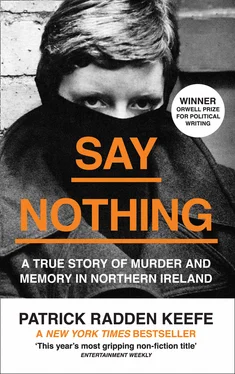
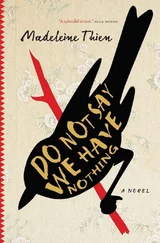
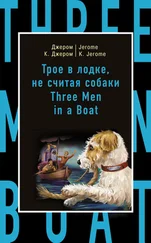

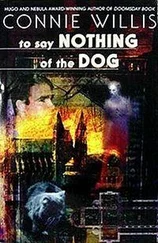
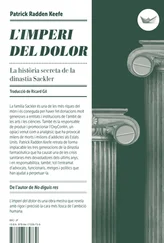
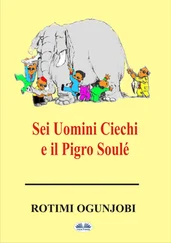

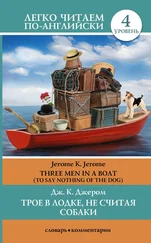



![Helen Rowland - The Widow [To Say Nothing of the Man]](/books/752764/helen-rowland-the-widow-to-say-nothing-of-the-man-thumb.webp)